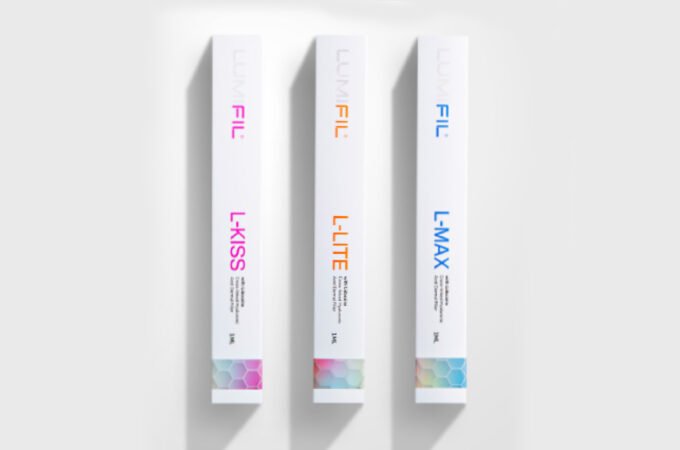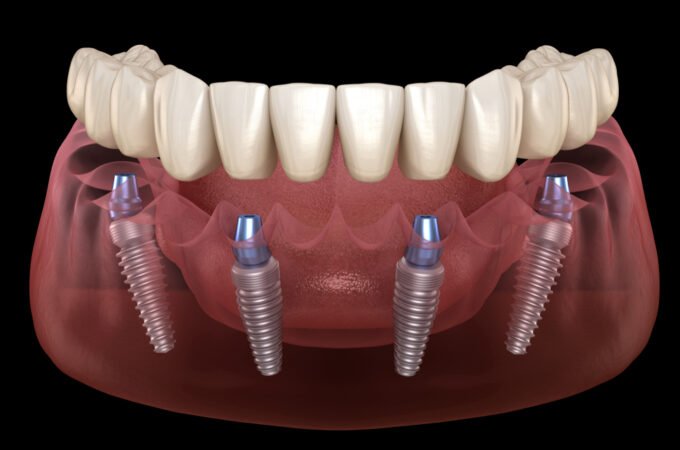
5 Things to Know About Formula Feeding Your Baby
Welcoming your new baby is a whole world of an experience. From the demands of parenthood to the excitement of holding your little one, the stress comes not only from taking care of a new life but also the bombardment of information that sometimes can be contradictory. You can also check this baby feeding guide by SellFormula.com for more information.
New parents receive this information from family, the internet, books, and articles. I want to reassure you that you got this. Follow your instincts and keep these 5 simple feeding tricks in your back pocket:
- Types of formula
There are different types of formula, such as organic formula and non-organic formula, European and American, plus sensitive options in each of these categories.
Many parents have flocked to European baby formula due to their high standards for excellence. From start to finish, products are scrutinized and quality checks are performed to ensure potentially dangerous additives and preservatives linked to long term health conditions are avoided. Plus, many EU formulas avoid processed sugars in their formulas.
Recently, many household baby product brand names in the USA have been under federal investigation due to dangerous exposures to heavy metals. This has fueled the traffic for the demand of European baby formulas because they have been regulating heavy metal exposure for many years.
If you are looking for an organic formula without soy, holistic farming practices, no GMOs, and high grade nutrition, European formulas can be accessed through a reliable online store. If your little one has a sensitive belly, acid reflux, or milk protein intolerance, European brands carry certified organic and high quality non organic options for sensitive babies too.
Organic American formula can be found over the counter and may contain soy and added sugars, however, they are easier to access. You can get good quality organic formulas like Bobbie organic gentle formula from online stores too. Organic sensitive formulas are less common and hard to find. Non organic formulas offer many more sensitive options, but the quality and cleanliness of the ingredients decreases as well.
There are some general signs and symptoms to look out for in case your baby may need a sensitive formula. First and foremost is a family history. If you have other children who have been diagnosed with a sensitivity or intolerance, it is safe to assume your new little one could also have the same disposition. Signs of eczema can also indicate a gastronomic intestinal condition. Excessive crying and a failure to thrive are clear indications to alert your doctor right away.

- Types of bottle
There are many different types of bottles and sometimes it can be a rotation to see which one your little on adjusts best to feeding with. There are glass and plastic options with a variety of different nipples.
Glass: is known to be the most eco-friendly and hygienic. It is nonporous and naturally BPA free so you do not have to worry about old milk flavor being soaked in, or any micro-plastics seeping into the formula. Plus, they last forever, and once you are done they are 100% recyclable.
Plastic: Most if not all baby bottles are BPA free, which is great news! However, being careful with exposure to heat is still advised since it is porous it does absorb and also with exposure to high heats can release microplastics, additionally for hygienic reasons these must be carefully sterilized with a bottle sterilizer also due to its porous properties.
- Sitting up
Many babies from weeks 3-16 often experience spit-up. This is normal, their little bellies are adjusting to their new environments and growing a digestive tract. The reflex that controls the flow of the swallowing mechanism is still developing as well. Especially in premature babies, being patient with this development is key.
In the womb around 34 weeks, it is normal for babies to start practicing the swallowing reflex, but is not fully matured until later on in infancy. To help avoid spit up the most simple remedy is to feed in an upright angle position and allow the baby to remain in this upright position for 30 minutes after feeding. This allows the digestion to flow in the downward direction. If your baby is spitting up more than they are consuming, contact your doctor right away, this may be a sign of a reflux condition.
- Different burping positions
There are a handful of burping positions to utilize. Not all babies respond to one kind the same way and sometimes can use different positions to help alleviate gas. If you are bottle feeding, burp after each feed or even in between if you feel necessary. For breastfeeding moms, burping between each breast rotation is a good habit to have. See diagrams below:

Positions that hold the baby in an angled vertical position with their face downward is ideal; supporting the baby’s neck and gently rubbing or tapping in a cupped position on their back will help mobilize any gasses trapped in the abdomen. By helping release gas this way after feeds, you will allow for better digestion and less discomfort in the baby. If gas does get trapped, bicycle motions with baby’s legs while they lie on their backs can also help alleviate trapped flatulence.
- Formula poop vs breast feeding poop
Once you become a parent, poop analyzing and talking is one of those things you never realized how much of it you would do. Rest assured, we all do it and there are some key characteristics to keep in mind.
If you are breastfeeding only, the stool will typically be a yellowish color and quite liquidy, it’s not diarrhea; though if you notice your baby is dehydrated and is pooping more than usual, always contact a medical professional for further analysis.
If formula is involved, the stool will typically be more sandy. Depending if the baby is supplementing or solely formula fed, it may be more on the runny side since breast milk has properties similar to probiotics to help mobilize bowel movement. Now if at any time there is blood or mucus present this is a clear indication of an underlying condition, consult your doctor right away.
Conclusion
If this is your first round or you are a well conditioned parent, welcoming a new baby is always a new puzzle to solve. As your baby grows, more information, new products, and trends are out to guide and, more often than not, confuse us. At the end of each day you know your baby best, listen to your instinct and rely on simple go-to information that changes little with time.




